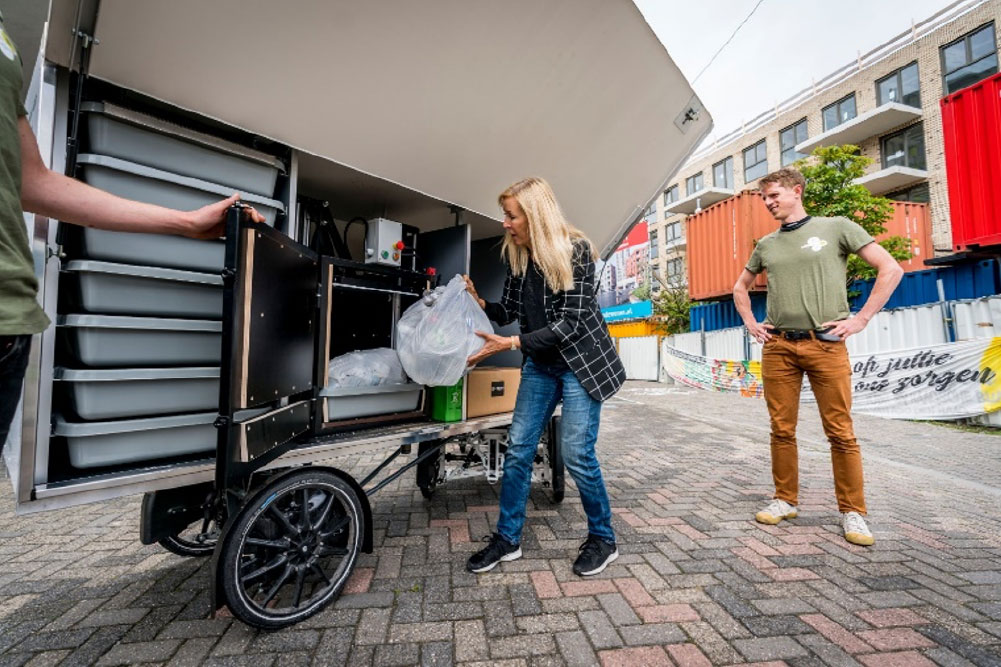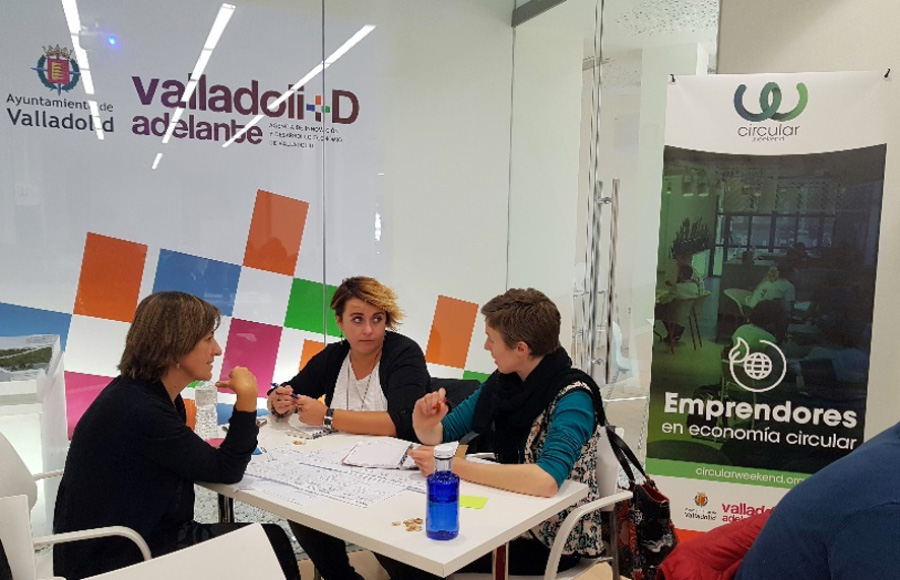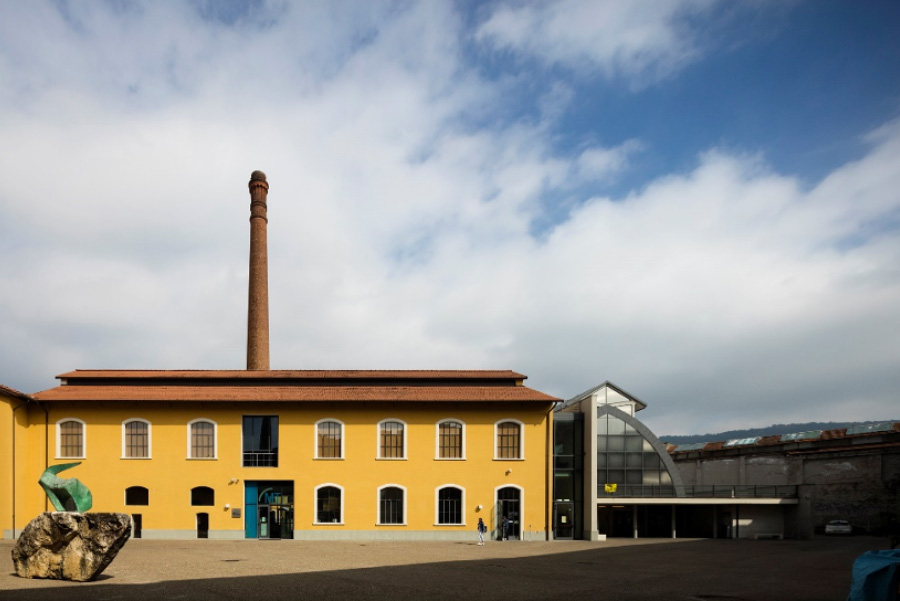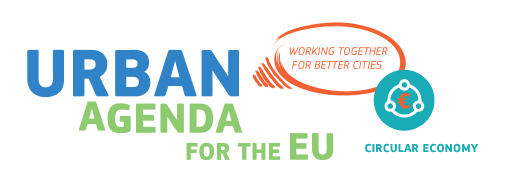Built environment
What are the benefits of a circular built environment sector?
Cities provide housing and mobility for their residents and they use buildings of different types for services provided and for municipal offices. The built environment sector constructs and maintains the required buildings, roads, and other infrastructure. In this way, the sector plays an essential role in the development and functioning of cities. The linear character of this sector, however, has many negative consequences (see figure 1)1. Construction and demolition waste accounts for nearly 30% of all waste in the European Union, and offices are now only used for 35-50% of the time.2 Moreover, the current built environment sector is associated with significant noise and air pollution, as well as high water and energy use.3
A circular built environment sector mitigates these adverse impacts. More efficient design, construction, and use of buildings and infrastructure can extend their life and improve their life cycle impacts. Implementation of circular design principles during construction can reduce energy and material consumption as well as enabling longer and more flexible use and better maintenance of buildings. Refurbishment and/or repurposing of end-of-design-life buildings extends their life and reduces waste production and virgin material use, and reduces associated life cycle impact.4 With many buildings concentrated in cities, there is a great potential for a circular transition in the built environment.2
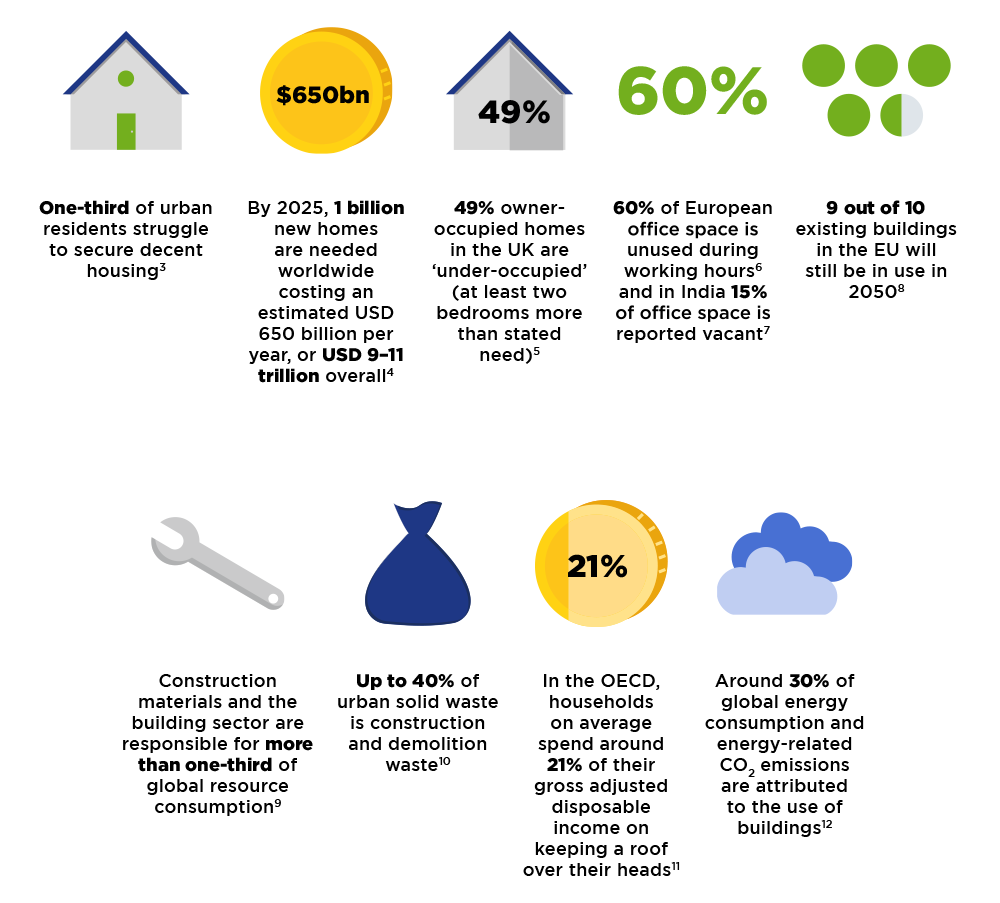
Figure 1: Current linear built environment system.
(Ellen Macarthur Foundation, 2019)
What will a circular built environment sector look like?
Several criteria can be envisioned that are required for the built environment sector to become circular. Three overarching principles for a circular built environment sector are identified by Circle Economy5 and ARUP6:
- Focus on the full life cycle of a building
- Keep materials and resources in use as long as possible
- Decouple economic development from resource consumption
How can we transform the built environment sector into a circular built environment sector?
Strategies and measures to move towards a circular built environment sector are available in the different circular categories:
- Circular design models: the renovation of existing buildings should always be considered before demolition and constructing new buildings.7 Where this is not possible or justified, new buildings should be designed with a focus on the full lifecycle. Spaces should be adaptable so that they can serve multiple purposes, e.g. by creating moveable interior walls.1 The exterior of a building can be designed to contribute to energy production (e.g. via solar panels), while closed-loop systems can be installed so that the building generates energy and heat and recovers grey and rain water.2 The utilisation of renewable, non-toxic materials, preferably in modular elements that can be re-used, is preferred to enable re-use or recycling. Pre-fabrication off-site can limit material wastage.3 Building in layers is especially important so that each element can be separately repaired or removed (see figure 2)5. In the Netherlands, circular buildings have received a lot of attention, with some inspiring examples:
- The Green House
 (Utrecht): circular restaurant pavilion that can be fully dissembled and all materials are reusable.
(Utrecht): circular restaurant pavilion that can be fully dissembled and all materials are reusable. - Alliander’s main office
 (Duiven): headquarters of the utility company Alliander is for 83% made of recycled materials.
(Duiven): headquarters of the utility company Alliander is for 83% made of recycled materials. - Venlo municipal offices
 (Venlo): municipal building developed according to the cradle-to-cradle philosophy.
(Venlo): municipal building developed according to the cradle-to-cradle philosophy. - Circl Amsterdam
 (Amsterdam): a meeting place in the Zuidas district developed from recycled materials with 500 solar panels, direct current (DC), and an impressive roof garden.
(Amsterdam): a meeting place in the Zuidas district developed from recycled materials with 500 solar panels, direct current (DC), and an impressive roof garden.
- The Green House
- Use and life extension models: refurbishment, renovation and, where needed, repurposing will extend the life of existing buildings and is therefore preferred over the construction of new buildings. Several measures, however, are also available to improve the use phase. To tackle the issue of under-used spaces, for example, apartments and workspaces can be shared.8 The city of Berlin is currently experimenting with a combination of renovation and multi-purpose building use in the Haus der Statistik
 project. To ensure that the asset maintains its maximum utility, regular maintenance is of importance.3 In this respect, product-as-service is an interesting circular business model.9 Examples in the built environment include:
project. To ensure that the asset maintains its maximum utility, regular maintenance is of importance.3 In this respect, product-as-service is an interesting circular business model.9 Examples in the built environment include:
- Philips: Light as a Service
 (LaaS)
(LaaS) - Mitsubishi: M-Use®
 circular elevator leasing
circular elevator leasing - Ahrend: Dutch company offering office furniture leasing

- Philips: Light as a Service
- Value recovery models: after its use phase, a building should not be demolished and become waste. Instead, it should be seen as a source of new materials, sometimes referred to as a material bank. To increase the traceability of the materials in a building, material passports can be introduced. Such passports provide information on the type and value of materials in a structure, as well as on the ease at which they can be disassembled and recovered. The Madaster Platform
 is designed as a public, online library of materials in the built environment where organisations can store their construction data. For demolition waste management, the implementation of efficient reverse logistics facilitates the return back to the supply chain and thus increases the chance for reuse and recycling.2 Extended producer responsibility can provide incentives for better design and management of construction materials.5
is designed as a public, online library of materials in the built environment where organisations can store their construction data. For demolition waste management, the implementation of efficient reverse logistics facilitates the return back to the supply chain and thus increases the chance for reuse and recycling.2 Extended producer responsibility can provide incentives for better design and management of construction materials.5 - Circular support models: Information and Communication Technology (ICT) tools of different kinds can support business models in all phases of the circular economy. The usage of Building Information Modelling facilitates the management of information by all stakeholders. During the use phase, smart monitoring devices can anticipate problems and predict the need for maintenance.3 Finally, at the end of an asset’s lifecycle, platforms like the Madaster Platform
 can facilitate the disassembly, recovery, and reuse of building elements and material.6
can facilitate the disassembly, recovery, and reuse of building elements and material.6
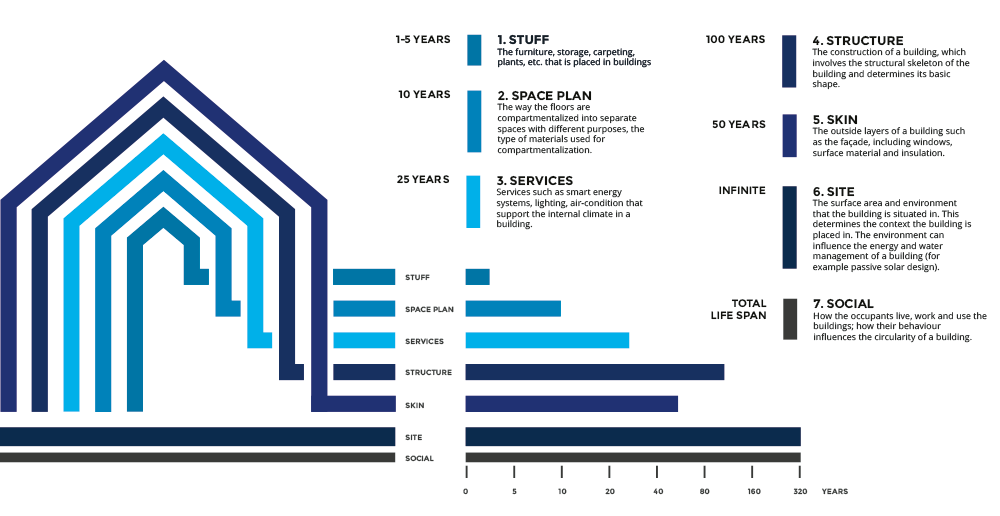
Figure 2. Building in layers creates more circular assets. (Circle Economy, 2018)
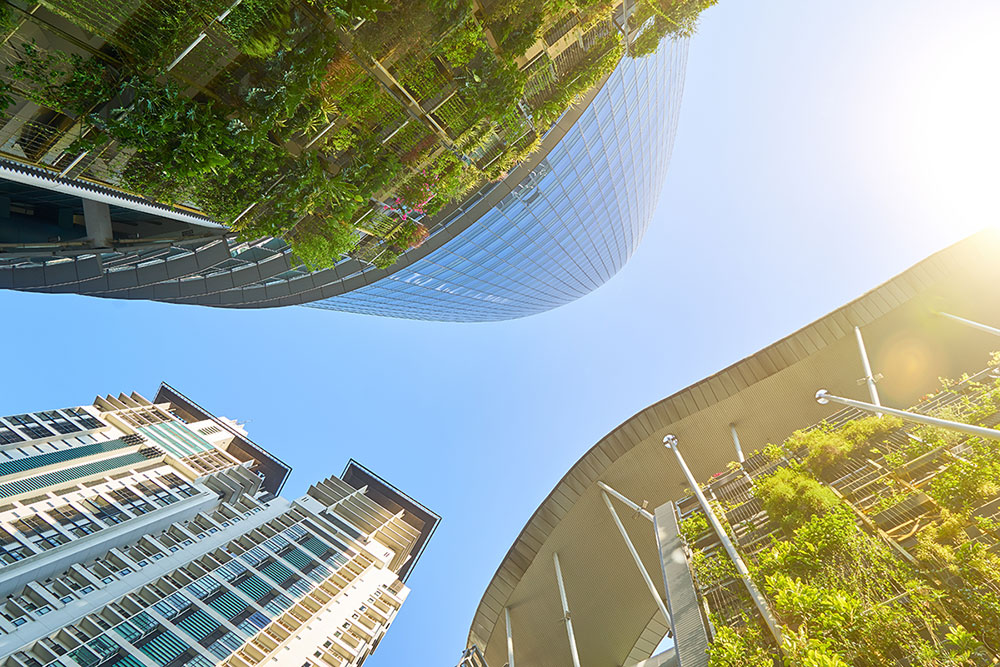
References
-
1. Ellen MacArthur Foundation. (2019). Urban buildings system summary.
https://www.ellenmacarthurfoundation.org/assets/downloads/Buildings_All_Mar19.pdf -
2. Ellen MacArthur Foundation. (n.d.). The future of cities.
https://www.ellenmacarthurfoundation.org/assets/downloads/future-of-cities.pdf
-
3. ARUP. (2016). The circular economy in the built environment.
https://www.arup.com/perspectives/publications/research/section/circular-economy-in-the-built-environment?query=circular% -
4. Urbact. (2013). Building energy efficiency – In European cities.
https://urbact.eu/sites/default/files/import/general_library/19765_Urbact_WS6_ENERGY_low_FINAL.pdf -
5. Circle Economy. (2018). Scaling the circular built environment – pathways for business and government.
https://www.wbcsd.org/Programs/Circular-Economy/Factor-10/Resources/pathways-for-business-and-government -
6. ARUP. (2017). Circular business models for the built environment.
https://www.arup.com/perspectives/publications/research/section/circular-business-models-for-the-built-environment?query=circular%20economy -
7. Circle Economy. (2019). The circularity gap report 2019.
https://docs.wixstatic.com/ugd/ad6e59_ba1e4d16c64f44fa94fbd8708eae8e34.pdf -
8. Circle Economy. (2018). City-as-a-service – How circular service models will practically shape the city of the future.
https://assets.website-files.com/5d26d80e8836af2d12ed1269/5dea7d7562f8ac85742d5af9_City-as-a-Service-Circle-Economy-2018.pdf -
9. Circular Glasgow. (2019). The circular economy & cities – Implications & imperatives.
https://circularglasgow.com/wp-content/uploads/2019/03/The_Circular_Economy_and_Cities_Report.pdf
